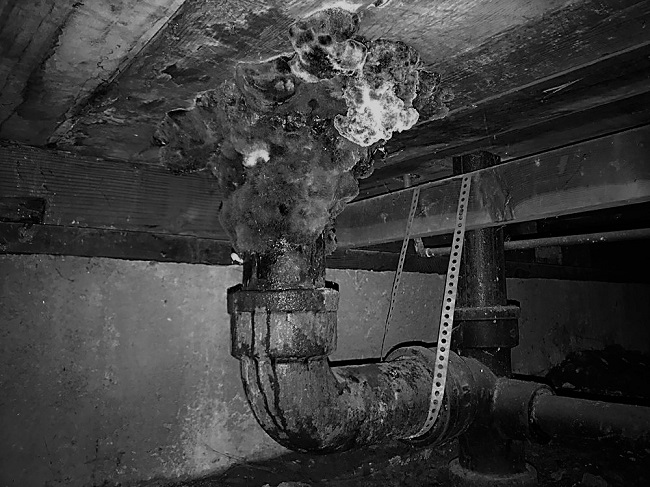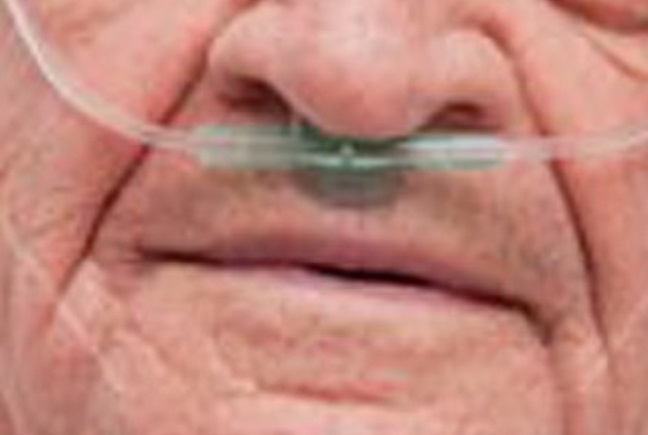Obviously, we need water to survive. Before a lot of modern technology, it wasn’t a coincidence that most civilizations either had or made access to water a priority. All living organisms need water to survive and thrive, including pathogenic ones like molds. Issues with molds have been known for a long time. Even the Old Testament discusses how to properly remediate moldy structures and how to destroy the dwellings and personal belongings if that remediation fails.
Living with Mold
In the US, the EPA has estimated that up to one half of all the buildings have been water-damaged. This can be a huge problem since avoidance is by far the best step when it comes to mold toxins, or what are commonly called mycotoxins. By definition, for something to be considered a toxin, it means there is an immune response to certain parts of that toxin that try to break it down or neutralize it. Not only do molds and their toxins cause what would be called inflammation, they also attract the immune system’s weapons to try and eliminate the threat. This creates a bigger immune response, which ultimately, may create even more problems than the original exposure.
The magnitude of this response will vary based on a number of factors, including the person’s genetic makeup and overall health at the time of the exposure, characteristics of the exposure, and even how and where the mold toxins attack.
Variations in what are called the human leukocyte antigen genes or HLAs, account for a large portion of one’s immune response. Among the more well-known triggers of HLAs leading to what are known as autoimmune responses, are molds and mycotoxins. Variations in these genes can account for why, in one family, a father and son may be severely impacted and develop health issues, but the mother doesn’t feel anything. She just complains that it “smells musty.” Everyone in the family is breathing in the mold, but genetic differences impact how each responds.
Other factors that mediate this response include: what kind of toxin, how big of an exposure, how long of an exposure, what else the individual is exposed to, whether or not they also have any current infections or dysbiosis, and in general, what is their overall toxic burden? In other words, is their cup already running over, or do they have some wiggle room?
Finally, how and where these exposures affect a person are named depends on who one speaks to. A kidney doctor may call it a “nephrotoxin” while a mycologist might call it “Aspergillus” and a toxicologist might call it “ochratoxin” but the end result is a mold produces toxins. Mold, in a wheat storage silo, for example, caused acute renal failure in an individual who inhaled theses toxins.
How Mold Infects
There are several different kinds of molds and they all make different kinds of poisons. Even though several different kinds of mycotoxins have been found in the ventilation dust of buildings where people have experienced adverse health effects, the biggest threat is typically repeated episodes of water damage that promotes fungal growth followed by drier conditions that cause the release of mold spores to spread out. These dried out mold spores will now make little spears called hyphal fragments to stab through stuff.
They also have a tendency to not only make spears to stab, but they secrete chemicals that can be viewed as chemical scissors that interact with the microbiome, promote the growth of Candida, and possibly use what illnesses or weaknesses that a person already has to get through the GI lining and into the bloodstream.
Not only is this something that we don’t want, but the damage doesn’t stop there, once in the blood, mold spears increase the risk for things like parasites, and if things get bad enough, they can take a step further and use those same spears and scissors to cut and stab through the blood brain barrier (BBB). Mycotoxins that reach the brain are responsible for a whole host of central nervous system disorders.
HLA Genes, Autoimmunity and the Brain
Remember those HLA, or autoimmune, genes? Once the mycotoxins reach the brain and as they start to attract the immune system to get activated, people with neurological autoimmunity will see an increase in how fast their immune system starts to target their own cells and tissue inside of their central nervous system. This is commonly called a “flare”. The effects don’t stop there, however.
It is important to remember that the brain is composed of more than just neurons. The glial cells, for example, help the brain maintain the balance and make up the immune cells in the brain. Glial cells are negatively impacted by mold and one of their favorite weapons happens to be histamine. Not only is histamine a weapon for the immune system, but it is also a messenger for the nervous system. Other than the inflammation caused, mold toxins cause neurons to be highly and chronically excitable, which in turn, causes oxidative stress. Mycotoxins also have been shown to decrease oxygen in cells and have been implicated in seizures.
This damage and excitation can be more problematic for specific regions of the brain than others. The cells that produce dopamine, called the substantia nigra, have been shown to die and slow down production of that chemical messenger. Dopamine goes to several areas of the brain. One of the more prominent, is a set of nuclei called the basal ganglia. Here, dopamine is a messenger used to coordinate things like limb and facial movement, eye movements, as well as motivation, drive, and inhibition.
There is also a link between mold toxins and decreased function in the hippocampus. This is the area of the brain that is responsible for short and long-term memory, as well as what is called working memory. Working memory involves coordinating with the front of the brain to help a person remember things like the steps of a recipe. The hippocampus is associated with Alzheimer’s in the elderly, but also has been implicated in processes like autism as well.
We Need Your Help
More people than ever are reading Hormones Matter, a testament to the need for independent voices in health and medicine. We are not funded and accept limited advertising. Unlike many health sites, we don’t force you to purchase a subscription. We believe health information should be open to all. If you read Hormones Matter, like it, please help support it. Contribute now.
Yes, I would like to support Hormones Matter.
This article was published originally on March 31, 2020.












I appreciate what you are saying here, however, I don’t see anything about treatment potential.
The biggest concern is continued exposure and re-exposure that will impair any long-term strategy and healing. Nothing will really work as desired if this is happening.
There are several natural products and medications that can help pull mycotoxins out, but how a person starts to feel better will vary based on the type of mold, any existing dysbiosis (worms, viruses, yeasts, bacteria), genetics, potential autoimmunity, and diet to name a few.